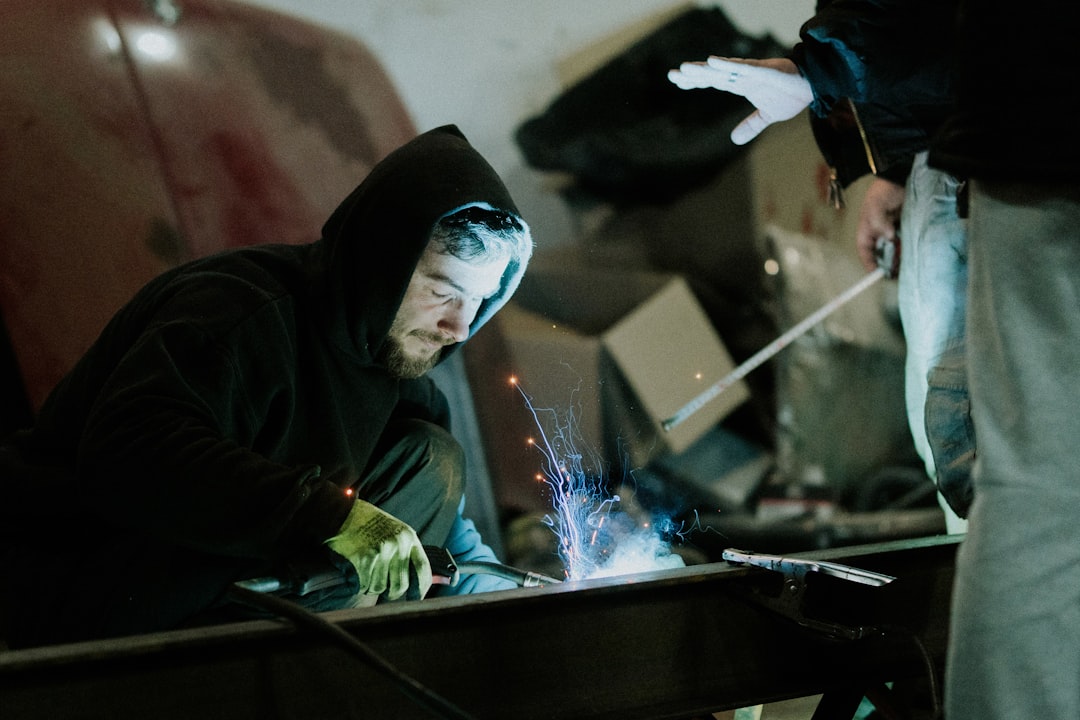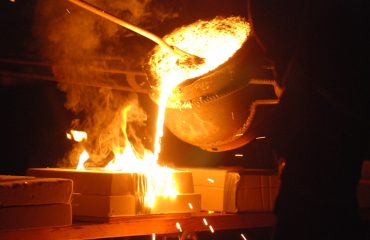The steel industry is a cornerstone of modern infrastructure, demanding skilled professionals to erect skyscrapers, build bridges, and manufacture essential products. If you’re drawn to a career that combines physical strength, precision, and problem-solving, becoming a steelworker could be the perfect path. This guide delves into the world of steelworker training programs, equipping you with the knowledge to embark on this rewarding career.
Types of Steelworker Training Programs: Finding the Right Fit
Several pathways lead to a career as a steelworker. The best option for you will depend on your prior experience, learning style, and financial resources. Here are some common options:
- Apprenticeships: These programs combine on-the-job training with classroom instruction, offering a structured learning environment and a steady income. Apprenticeships typically last several years and lead to a nationally recognized certification.
- Trade Schools and Vocational Schools: These institutions offer shorter, more focused programs, often specializing in specific aspects of steelwork, such as welding, ironworking, or steel fabrication. They provide a strong foundation in theoretical knowledge and practical skills.
- Community Colleges: Many community colleges offer associate degrees or certificates in related fields like welding technology or construction technology, providing a broader educational base and potential for further advancement.
- On-the-Job Training: Some employers offer on-the-job training, particularly for entry-level positions. This approach allows you to learn directly from experienced professionals, but it may lack the structured curriculum of formal training programs.
Essential Skills and Certifications for Steelworkers
Steelworker training programs cover a wide range of skills, both technical and soft. Technical skills include:
- Welding: Proficiency in various welding techniques (SMAW, GMAW, GTAW) is crucial for many steelworker roles.
- Blueprint Reading: Understanding construction blueprints is essential for interpreting plans and executing tasks accurately.
- Rigging and Hoisting: Safe and efficient handling of heavy materials using cranes, hoists, and other equipment is paramount.
- Use of Power Tools: Steelworkers use a variety of power tools, including grinders, saws, and drills, requiring safe and proficient operation.
- Safety Procedures: Adherence to strict safety protocols is non-negotiable in the steel industry.
Certifications, like those offered by the American Welding Society (AWS) or the National Center for Construction Education and Research (NCCER), can significantly enhance your job prospects and demonstrate your competency.
The Importance of Safety Training in Steelworker Programs
Safety is paramount in the steel industry. Accidents can have severe consequences, leading to injuries or fatalities. Therefore, comprehensive safety training is a cornerstone of any reputable steelworker program. This training typically covers:
- Hazard Identification and Risk Assessment: Learning to identify potential hazards and assess the risks involved in various tasks.
- Personal Protective Equipment (PPE): Proper use and maintenance of safety equipment, including hard hats, safety glasses, gloves, and harnesses.
- Fall Protection: Implementing safe practices to prevent falls from heights, a significant hazard in steel construction.
- Emergency Procedures: Knowing how to respond to emergencies, such as fires, equipment malfunctions, or injuries.
- Lockout/Tagout Procedures: Understanding and implementing procedures to prevent accidental energization of equipment during maintenance.
Many programs incorporate hands-on safety training simulations and practical exercises to reinforce theoretical knowledge.
Job Outlook and Career Advancement for Steelworkers
The job outlook for skilled steelworkers remains positive, driven by ongoing infrastructure projects and the need for maintenance and repair of existing structures. With experience and further training, steelworkers can advance their careers in several ways:
- Foreman/Supervisor: Leading and supervising teams of steelworkers on construction sites.
- Welding Inspector: Inspecting welds for quality and compliance with standards.
- Steel Fabrication Specialist: Specializing in the design and fabrication of steel components.
- Project Manager: Managing large-scale steel construction projects.
- Continuing Education: Pursuing advanced certifications or degrees in related fields to enhance expertise and earning potential.
Continuous learning and professional development are key to long-term success in the steel industry.
Finding and Choosing the Right Steelworker Training Program
Selecting the right training program is a crucial step towards a successful career. Consider these factors:
- Accreditation and Reputation: Choose a program accredited by recognized organizations like NCCER or AWS.
- Curriculum and Instructors: Review the curriculum to ensure it covers the necessary skills and that instructors have relevant industry experience.
- Facilities and Equipment: Ensure the program has access to modern equipment and facilities for hands-on training.
- Job Placement Assistance: Many programs offer job placement assistance, connecting graduates with potential employers.
- Cost and Financing Options: Consider the overall cost of the program and explore financing options, such as scholarships, grants, or loans.
Thorough research and careful consideration will help you find a program that aligns with your goals and aspirations.
Becoming a skilled steelworker requires dedication, hard work, and the right training. By carefully considering the options outlined in this guide, you can forge a rewarding and successful career in this essential industry.




